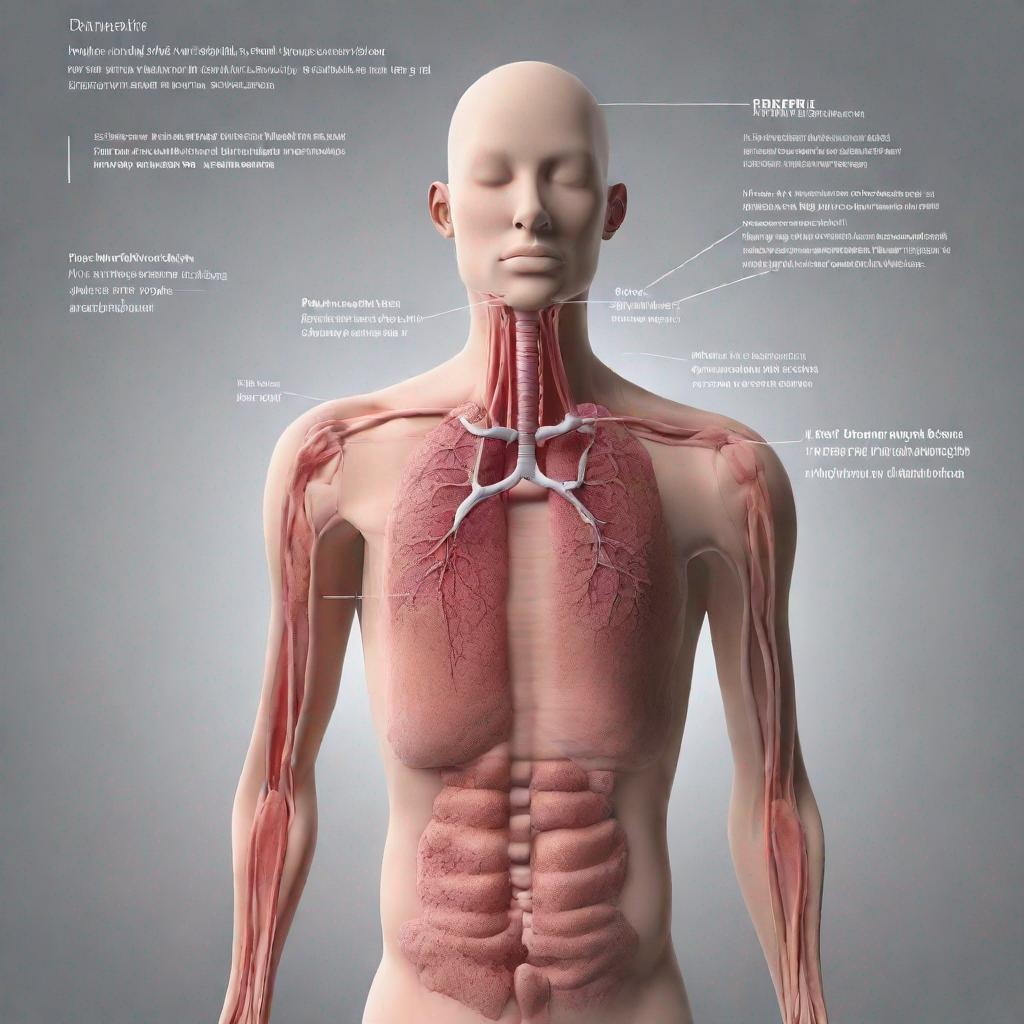## Tuberculosis: A Comprehensive Guide
### Introduction
Tuberculosis (TB) is a bacterial infection that primarily affects the lungs. It is caused by the bacterium Mycobacterium tuberculosis and can also spread to other parts of the body, such as the lymph nodes, meninges, kidneys, and spine. TB is highly contagious and can be transmitted through close contact with an infected person.
### Symptoms
**Pulmonary TB** (affecting the lungs) typically presents with the following symptoms:
– Cough lasting more than 2 weeks
– Hemoptysis (coughing up blood)
– Chest pain
– Fever
– Night sweats
– Weight loss
**Extrapulmonary TB** (affecting other body parts) may present with diverse symptoms, depending on the location of the infection.
### Diagnosis
**Tests:**
– **Tuberculin skin test (TST)**: Injects a small amount of tuberculin under the skin to test for an immune response to TB bacteria.
– **Interferon-gamma release assay (IGRA)**: Blood test that detects specific immune cells that respond to TB infection.
– **Chest X-ray**: Can reveal shadows or cavities in the lungs indicative of TB.
– **Sputum culture**: Examines sputum (mucous from the lungs) for TB bacteria.
– **Bronchoscopy**: A thin, flexible tube is inserted into the lungs to collect samples for testing.
### Prevention
– **Bacillus Calmette-Guérin (BCG) vaccination**: A vaccine that provides partial protection against TB, particularly in children.
– **Contact tracing**: Identifying and testing people who have been in close contact with an infected individual.
– **Directly observed therapy (DOT)**: Ensuring patients complete their full course of TB medication under supervision to prevent drug resistance.
### Treatment
TB is treated with a combination of antibiotics for several months. Common medications include:
– Isoniazid
– Rifampin
– Pyrazinamide
– Ethambutol
– Streptomycin
**Complications:**
If untreated, TB can lead to serious complications, including:
– **Tuberculosis meningitis**: Infection of the membranes surrounding the brain and spinal cord.
– **Tuberculosis arthritis**: Infection of the joints.
– **Multidrug-resistant tuberculosis (MDR-TB)**: TB that is resistant to the most effective antibiotics.
– **Extensively drug-resistant tuberculosis (XDR-TB)**: TB that is resistant to almost all available antibiotics.
### Co-infection with HIV
HIV infection weakens the immune system, making people more susceptible to TB and increasing the risk of developing severe complications. Co-infection with HIV and TB requires specialized treatment strategies.
### Types of TB
– **Pulmonary tuberculosis:** Affects the lungs.
– **Extrapulmonary tuberculosis:** Affects other body parts, including the lymph nodes, meninges, kidneys, and spine.
– **Latent tuberculosis infection (LTBI)**: A dormant state of TB infection in which the bacteria remain in the body without causing symptoms. LTBI can reactivate into active TB later in life.
### Body Parts Affected by TB
– **Lungs:** Pulmonary tuberculosis
– **Lymph nodes:** Cervical lymphadenitis
– **Meninges:** Tuberculosis meningitis
– **Kidneys:** Genitourinary tuberculosis
– **Spine:** Spinal tuberculosis




